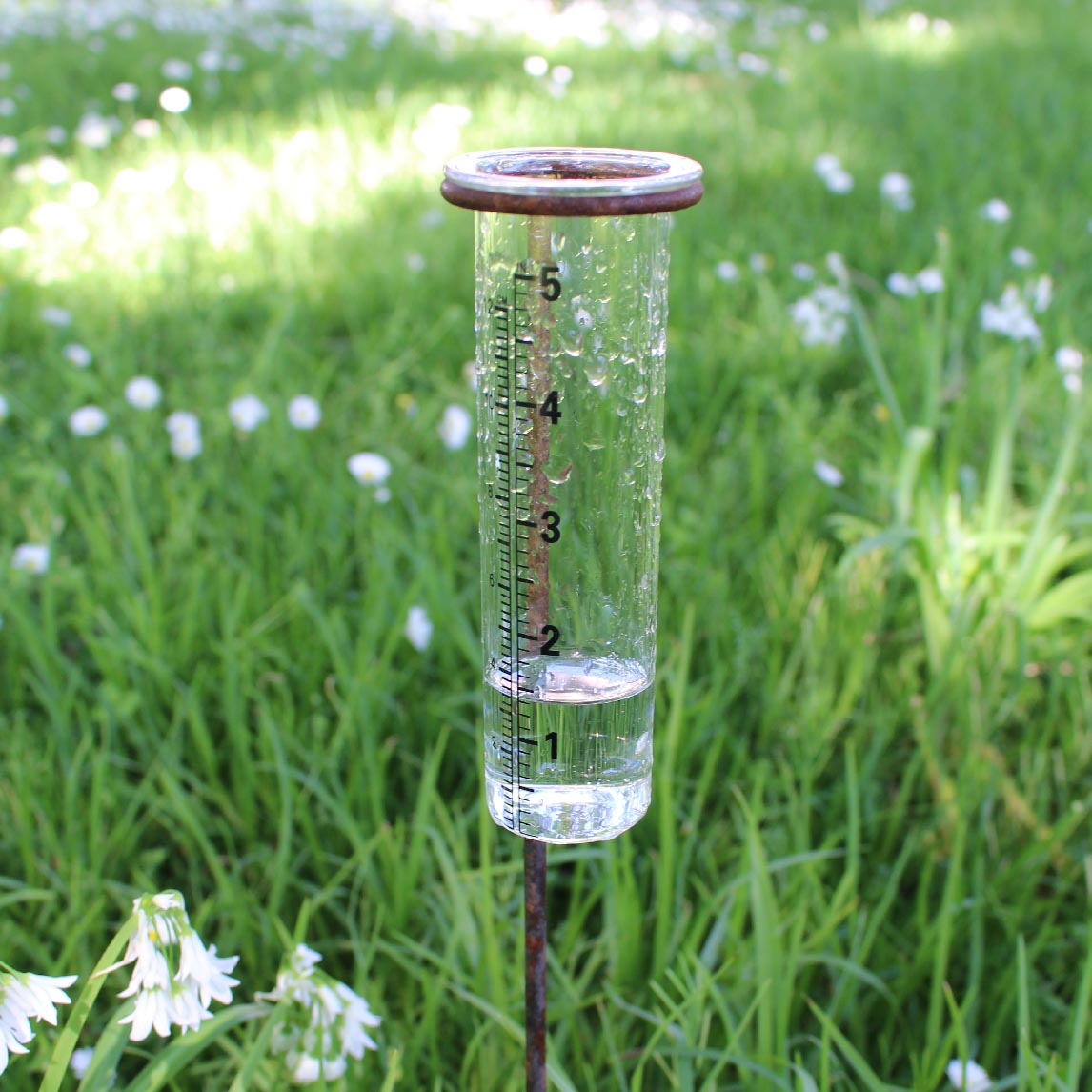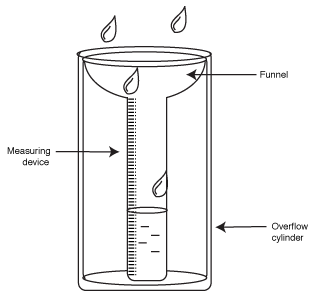Expert Tips for Using a Rain Gauge to Monitor Local Weather Conditions
Wiki Article
Introducing the Scientific Research Behind Rain Evaluates: How These Devices Play an Essential Role in Climate Research Study and Ecological Tracking
Rainfall assesses, seemingly easy tools, hold an extensive importance in the realm of climate research and environmental surveillance. As we peel off back the layers of this clinical shroud surrounding rain gauges, we discover a world where accuracy, information accuracy, and careful monitoring converge to introduce a deeper understanding of our changing environment and its effect on the world.Importance of Rain Scales
Rainfall evaluates play a vital function in monitoring and gauging rainfall levels, providing vital data for environment research study and evaluation. These devices are essential in quantifying the amount of rainfall that takes place in a particular location over a certain duration. By accumulating and measuring rainwater, rain gauges offer useful insights into the distribution and strength of rainfall, assisting meteorologists, hydrologists, and climatologists in understanding weather condition patterns and trends.
Additionally, lasting data collected from rainfall determines assists in evaluating environment change impacts and patterns, adding considerably to clinical research study and decision-making processes. In essence, rain evaluates offer as vital devices in the area of meteorology and ecological science, playing an essential function in progressing our understanding of weather condition and climate characteristics.
Kinds Of Rainfall Gauges

Performance and Procedure
In the realm of climate research and atmospheric studies, the performance of rainfall gauges lies in their elaborate performance and exact operational mechanisms. Rain determines are developed to precisely gauge the quantity of rainfall that tips over a particular area during a set period. These devices usually include a channel that gathers rain and channels it right into a gauging tube. The gauging tube is marked with calibrated measurements that enable the accurate quantification of rainfall.The capability of rainfall gauges is based upon the principle of gauging and accumulating rainwater in a standard way. This gathered information is important for recognizing regional weather patterns, tracking long-term environment trends, and analyzing environmental influences. To ensure accurate dimensions, rain gauges demand to be tactically placed in open areas far from blockages such as structures or trees that could disrupt the collection procedure.
The operational aspect of rain determines entails regular upkeep to avoid debris buildup, calibration checks to maintain measurement accuracy, and data tape-recording for analysis (rain gauge). Overall, the capability and procedure of rain gauges are vital for collecting reputable rainfall data essential to environment research study find out here now and ecological tracking
Duty in Environment Study
Given the critical significance of accurate precipitation measurements in recognizing climate patterns and ecological influences, the duty of rainfall evaluates in environment research study is essential. Rain determines give necessary information for environment research study by quantifying the quantity of precipitation that drops over a specific location throughout a provided duration. This data is vital for checking long-lasting trends in rainfall patterns, evaluating the effect of environment modification on rainfall distribution, and improving climate models.
Climate scientists utilize information gathered from rain assesses to examine variants in rainfall levels, identify regional environment patterns, and examine the efficiency of water resource monitoring approaches. By contrasting historical rainfall information with existing dimensions, scientists can spot changes in precipitation patterns, such as modifications in the frequency or strength of rainfall events. This info is important for understanding exactly how environment adjustment is affecting rainfall characteristics and can help policymakers make notified decisions relating to adaptation and mitigation approaches.
Applications in Ecological Monitoring

In flood projecting, rainfall gauge information aids to track rains internet intensity and circulation, allowing authorities to issue prompt cautions and take needed actions to mitigate flooding dangers (rain gauge). Dry spell surveillance relies on rain gauge information to analyze wetness degrees in the soil and track rainfall deficits, helping in the recognition of drought-prone areas and the application of drought action approaches
Furthermore, rainfall scale data plays an essential function in water resource monitoring by giving details on water accessibility and use trends. This data is used to make informed decisions relating to water allotment, preservation procedures, and lasting water source preparation. Furthermore, in agriculture, rain scale information assists farmers in maximizing watering timetables, plant option, and general farm monitoring techniques based upon neighborhood precipitation patterns. In general, rain assesses are important tools in ecological tracking, using important understandings that add to notified decision-making and lasting source management.
Verdict
Finally, rain evaluates are vital devices for determining rainfall, supplying useful data for environment study and environmental surveillance. With different types and performances, rain gauges play a vital duty in comprehending rainfall patterns and their influence on the setting. By properly determining rains, these devices add to the improvement of clinical knowledge and help in making informed choices pertaining to water source administration and catastrophe preparedness.Rain evaluates play a vital function in tracking and gauging precipitation degrees, giving crucial information for climate study and analysis. The conventional rain scale, understood as the "tipping bucket" scale, is one of the most frequently used gadgets. Ultrasonic rain determines usage sound waves to discover the visibility of rainfall, offering see this page real-time data on precipitation levels.Environment scientists make use of data gathered from rainfall determines to evaluate variants in precipitation degrees, identify regional climate patterns, and evaluate the efficiency of water resource administration strategies.In final thought, rainfall assesses are essential devices for gauging precipitation, giving important information for climate research study and ecological tracking.
Report this wiki page